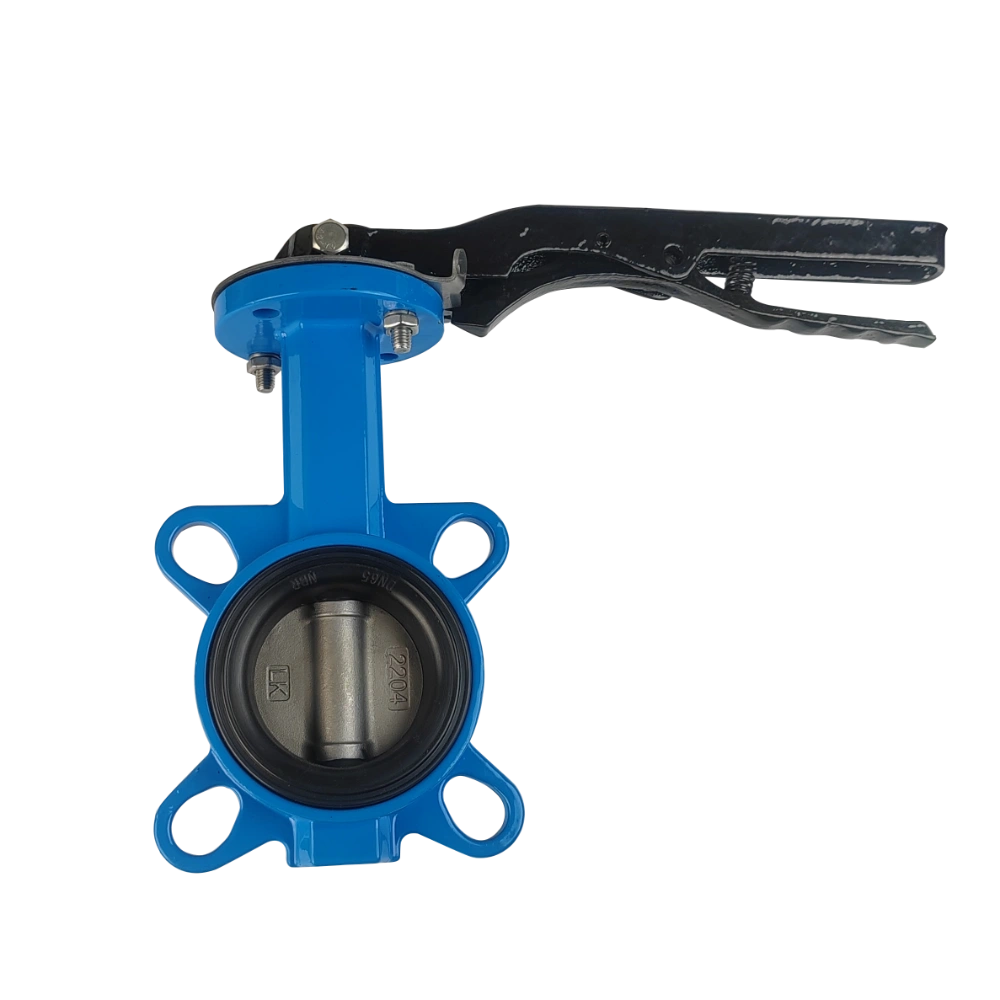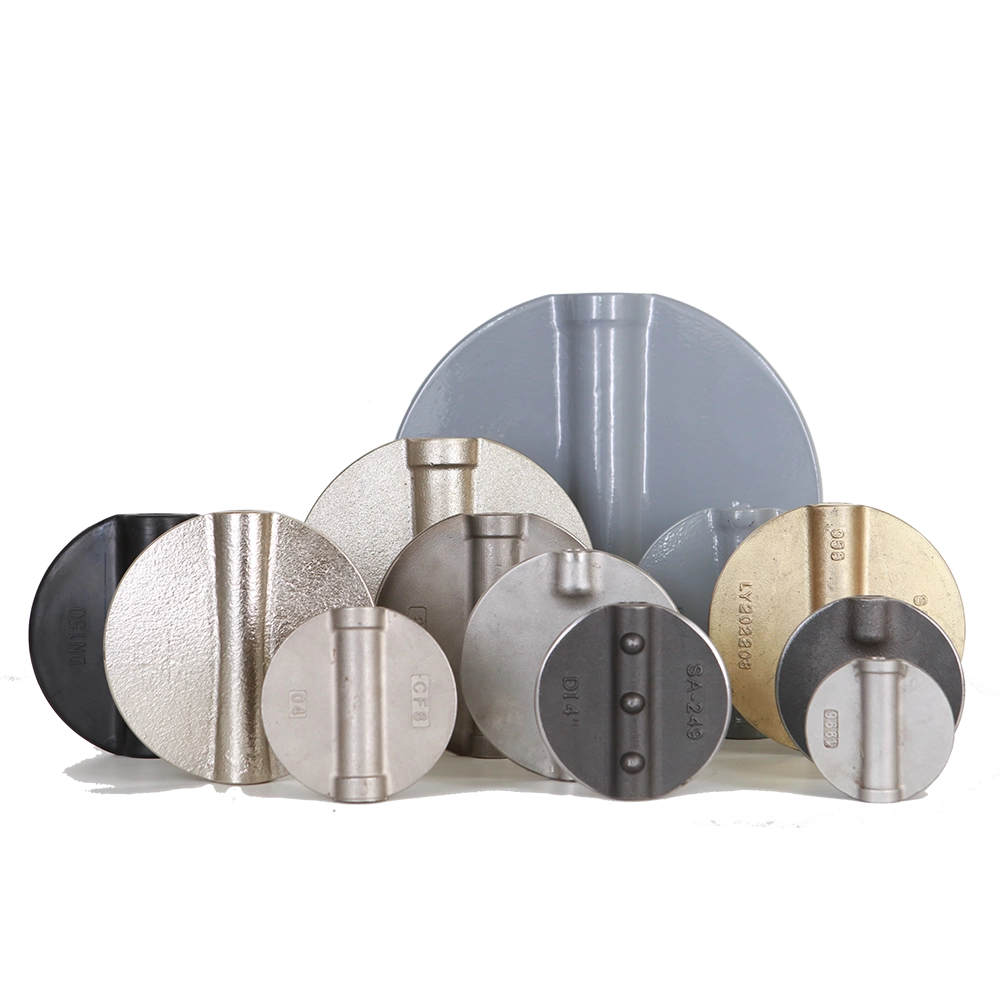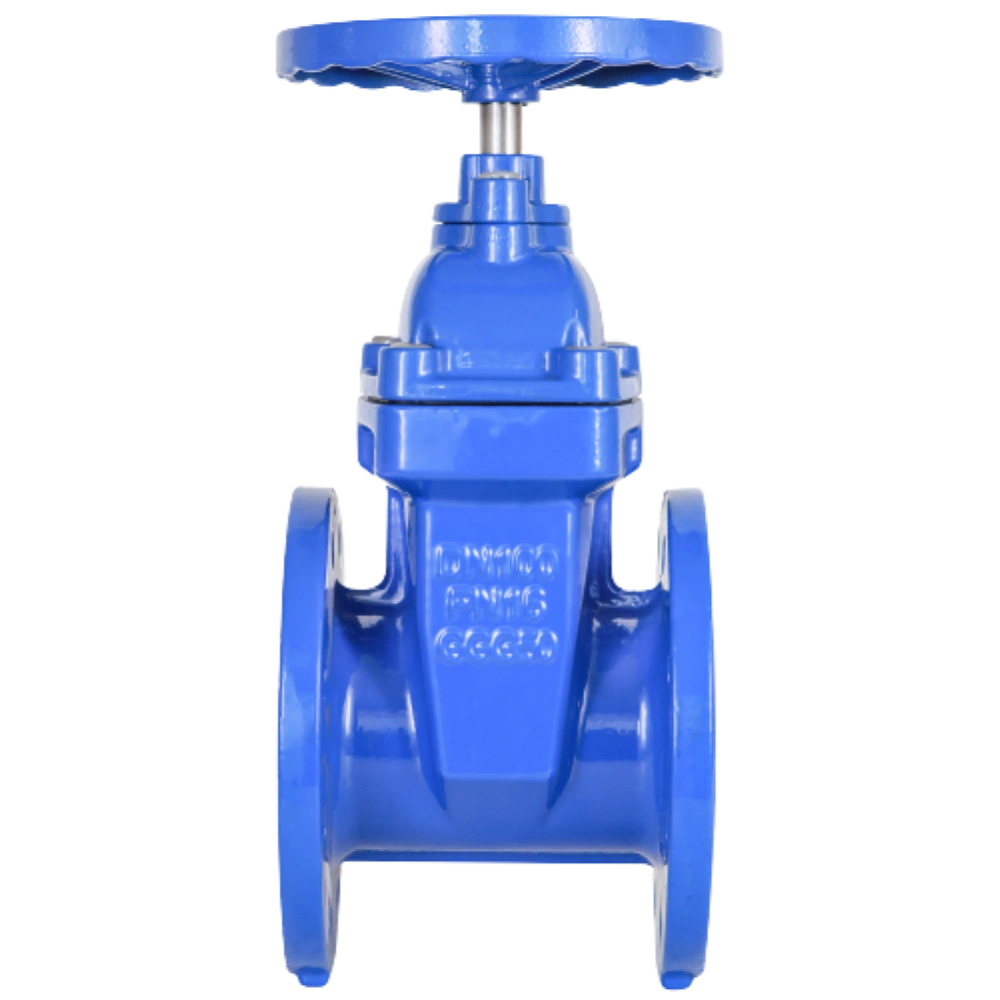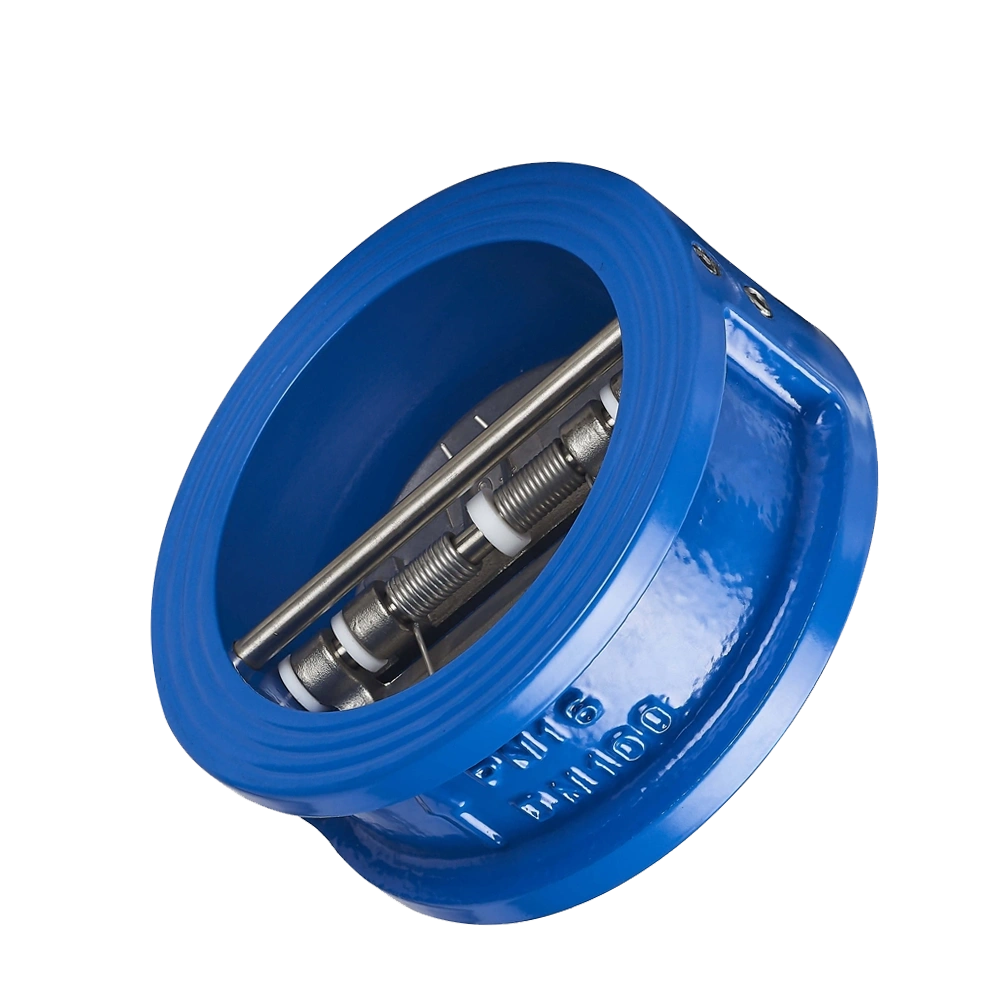Introduction:
Butterfly valves are often hailed for their simplicity and efficiency. They have become integral components in various industries. They provide versatile solutions for fluid control. Unlike traditional gate or globe valves, they operate on a rotational motion. This makes them adept at regulating the flow of liquids and gases in large pipelines. What are butterfly valves used for? In this article, we delve into the multifaceted applications of butterfly valves.
What Are Butterfly Valves Used For?
1. Water Treatment Plants: Ensuring Clean and Safe Water Supply
Butterfly valve uses include playing a crucial role in water treatment plants, where the control of water flow is paramount. These valves are employed to regulate the passage of water through different stages of the treatment process. This answers the question can butterfly valve be used for flow control. From the initial intake of raw water to the distribution of treated water they provide a reliable means of controlling the flow. It helps them ensure optimal treatment efficiency. Their quick and precise operation facilitates the adjustment of water levels. This aids them in the prevention of flooding and enabling seamless transitions.
2. HVAC Systems: Balancing Comfort and Efficiency
Heating, ventilation, and air conditioning (HVAC) systems rely on butterfly valves. This is because they maintain optimal indoor conditions. These valves are strategically placed in the ductwork to control the flow of air and water through the system. By adjusting the position of the butterfly valve, HVAC operators can regulate the temperature. They can also control humidity, and air distribution within a building. The responsive nature of butterfly valves strikes balance between comfort and energy efficiency. This stands true in both residential and commercial spaces.
3. Chemical and Petrochemical Industries: Handling Corrosive Substances
They have an important role to play in chemical and petrochemical processes. The handling of corrosive and abrasive substances requires robust and corrosion-resistant components. And butterfly valves come in handy in such processes. They are often constructed from materials like stainless steel or exotic alloys. This makes them strong enough to be invaluable in such environments. These valves are employed to control the flow of various chemicals, acids, and abrasive slurries. Their resilient design ensures durability. It also minimizes the risk of contamination, making them indispensable. They play a vital role in maintaining the integrity of the production processes.
4. Oil and Gas Pipelines: Facilitating Fluid Transport
Butterfly valve uses include widespread applications in the oil and gas industry. They are particularly useful in the transportation of fluids through pipelines. These valves are positioned at key points along the pipeline to regulate the flow of crude oil, natural gas, or refined products. Their ability to open and close quickly allows for rapid response. This can help changes in flow requirements, contributing to the overall efficiency and safety of the pipeline system. Additionally, the compact design of butterfly valves makes them a preferred choice. They are a great option in situations where space is a critical factor.
5. Power Generation: Enhancing Energy Production
The power generation sector relies on butterfly valves for a range of applications. They are useful in controlling cooling water flow in thermal power plants to managing steam in nuclear facilities. In steam turbines, butterfly valves are utilized to regulate steam flow. They ensure optimal efficiency and preventing damage to the turbine components. These valves also play a vital role in controlling the cooling water that dissipates heat. This helps in reducing the heat generated during the power generation process. Their reliability and ease of operation make them integral to the seamless functioning of power plants.
6. Food and Beverage Industry: Safeguarding Quality and Hygiene
In the food and beverage industry, maintaining stringent hygiene standards is paramount. Butterfly valves are ideal for applications where cleanliness is a top priority. These valves are commonly used in the handling and processing of liquids, such as milk, fruit juices, and syrups. Their sanitary design minimizes the risk of product contamination. This ensures that the final food and beverage products meet the highest quality and safety standards.
7. Fire Protection Systems: Ensuring Rapid Response
Butterfly valves find application in fire protection systems. They are of critical use where rapid and reliable control of water flow is essential. They are indispensable in case of emergencies. These valves are strategically placed in fire sprinkler systems and hydrants. In the event of a fire, the quick response of butterfly valves allows for the immediate release of water. This helps suppress the fire and protect lives and property. Their ability to operate swiftly makes them a vital component in fire safety infrastructure.
8. Agricultural Irrigation: Optimizing Water Distribution
Agricultural irrigation systems rely on butterfly valves to control the flow of water to fields. These valves are often used in large-diameter pipes. They are helpful in regulating the distribution of water through irrigation canals. The ability to modulate flow rates with precision ensures that crops receive the appropriate amount of water. This contributes to efficient water use and optimal crop yield. The durability of butterfly valves also makes them well-suited for the challenging conditions. All these advantages make them an important component of agricultural applications.
What Are Butterfly Valves Used For- Some Important FAQS
What makes butterfly valves suitable for water treatment plants?
They are well-suited for water treatment plants. This is due to their ability to regulate the flow of water efficiently. Their quick and precise operation aids in controlling water levels. They can be of a great help during various stages of the treatment process. They also contribute to optimal treatment efficiency and preventing flooding.
How do butterfly valves contribute to energy efficiency in HVAC systems?
They play a crucial role in HVAC systems by allowing precise control of air and water flow. This capability enables HVAC operators to balance temperature, humidity, and air distribution. Thus they help within a building in promoting optimal comfort. The responsive nature of butterfly valves also aids in achieving energy efficiency. This can be achieved by fine-tuning system performance.
Why are butterfly valves preferred in corrosive environments? Why are they important in chemical and petrochemical industries?
Butterfly valves are constructed from materials like stainless steel or exotic alloys. This makes them resistant to corrosion. This corrosion resistance is vital in chemical and petrochemical industries. The resilient design ensures durability. It also minimizes the risk of contamination, maintaining the integrity of production processes.
Can butterfly valves be used for throttling?
Yes, they can be used for throttling applications. Their design, with a disk that rotates on a shaft to control flow, allows for varying degrees of opening to regulate fluid flow. However, they are better suited for on/off service or applications where moderate throttling is required.
When to use butterfly valve?
Use butterfly valves for applications that require quick shutoff or moderate throttling. Ideal for low-pressure systems, they offer cost-effectiveness, compactness, and low maintenance.
Conclusion:
In conclusion, butterfly valves stand as unsung heroes in diverse industries. They silently contribute to the seamless operation of critical processes. From water treatment plants to power generation facilities these valves have proven their mettle. From the chemical industry to agricultural irrigation systems, they are used in a myriad of applications. Their simple yet effective design makes butterfly valves indispensable components in modern engineering. As industries continue to evolve, the role of butterfly valves is likely to expand. This showcases their adaptability and reliability in the face of diverse operational challenges. Hope you the above article has shed enough light on what are butterfly valves used for and their applications.




